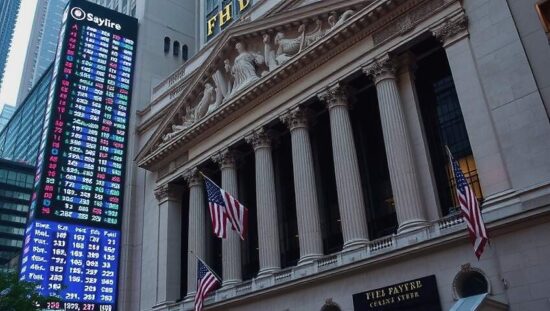The US stock markets experienced a slight decline on Wednesday, with the Dow closing at 42,866 points, a minimal decrease from the previous trading day. The Nasdaq 100, on the other hand, fell by 0.4 percent, closing at 21,861 points, while the S&P 500 ended the day with a 0.3 percent decline, closing at 6,022 points.
The latest inflation data, released on Wednesday, again surprised to the upside, with the general inflation rate in the US rising, but only mildly. This development has brought the topic of interest rates back into focus, with the next Federal Reserve meeting scheduled for the coming week.
“The inflation in the US has surprised again, as it did in previous months” said Eckhard Schulte, chairman of Mainsky Asset Management. This has put those who predicted a surge in inflation due to the trade policy in an explanatory bind. “Instead, the US inflation surprise index has plummeted, reaching its lowest level since 2020 with the May data.”
According to Schulte, the primary cause of the development is that the inflation-moderating effect of the strong supply side of the US economy and high productivity growth has been underestimated. “This is the primary disinflation driver, as the decline in inflation from its peak in July 2022 is primarily due to a decline in supply-side driven inflation.”
Meanwhile, the euro was stronger against the US dollar on Wednesday evening, with one euro equivalent to 1.1482 US dollars and one US dollar equivalent to 0.8709 euros.
Gold prices benefited from the situation, with one troy ounce selling for 3,347 US dollars, a 0.7 percent increase, equivalent to 93.71 euros per gram.
Oil prices, on the other hand, rose sharply, with a barrel of North Sea Brent crude selling for 69.49 US dollars at around 22:00 Central European Time, a 3.9 percent increase from the previous trading day’s close.





